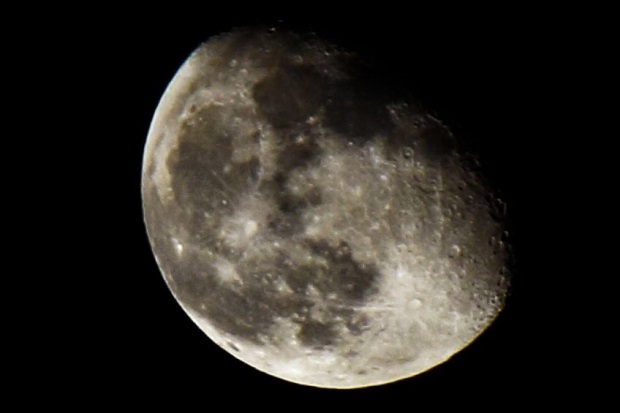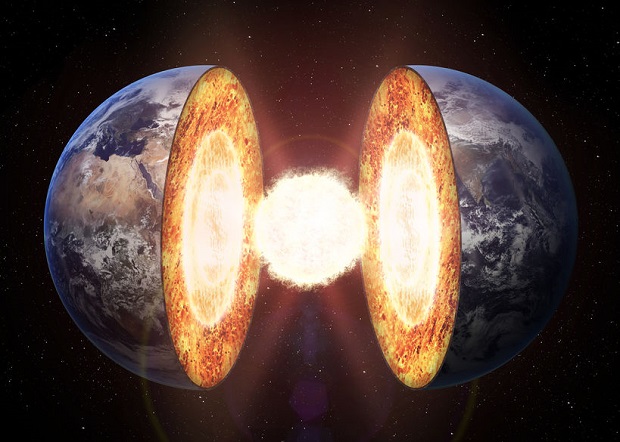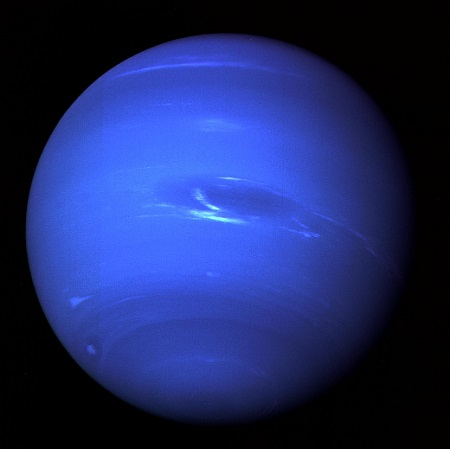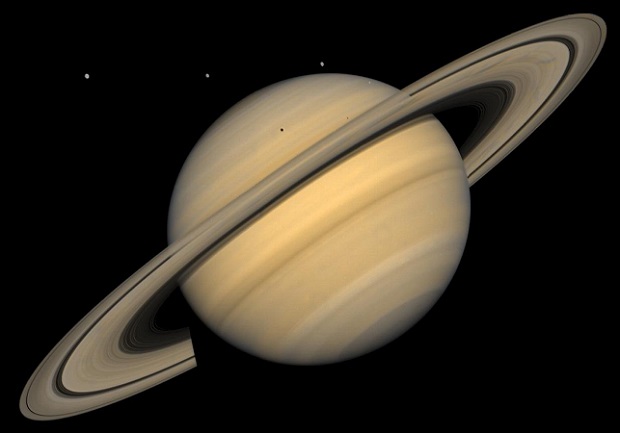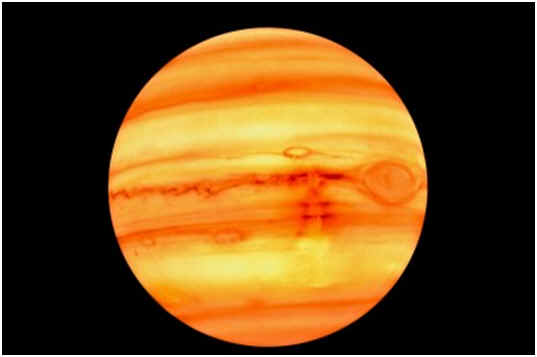
Can Mars Support Life? Mars can not support life. According to NASA, the thin atmosphere, frigid temperatures, and arid conditions affecting Mars make it nearly impossible for Mars to support life. In addition, the recent discovery that the planet’s fiery storms and dust devils spew abundant amounts of oxidants into the air, making it even less likely for life as we know it to inhabit such an inhospitable planet.
Atmosphere on Mars
Compared to the percentage of carbon dioxide in Earth’s atmosphere, Mars has over 65 times more carbon dioxide (95 percent of its atmosphere), making it instantly toxic for humans to breathe. Other components of the Martian atmosphere include nitrogen (2.7 percent), oxygen (.07 percent), and water vapor (.03 percent).
Past Life on Mars?
Considering Earth’s closest planetary “relative,” Mars may have once been able to support life in the distant past. Scientists speculate that the Red Planet was probably warmer and wetter over two billion years ago and could have harbored living microorganisms beneath the surface of its soil and lakes. Because atmospheres arise out of volcanic activity and Mars did not possess large numbers of volcanoes like ancient Earth once did, it never had the ability or the gravity to retain an atmosphere conducive to life.
Martian Bacteria
Astrobiologists assert that Mars’ orbital tilt changes approximately every one million years, leaving it in a position to experience atmospheric and climactic discrepancies that could allow it to develop a viable atmosphere. During one of these extreme orbital tilts, undetected life previously dormant could be provoked into awakening by the warmer temperatures and a thicker atmosphere.
